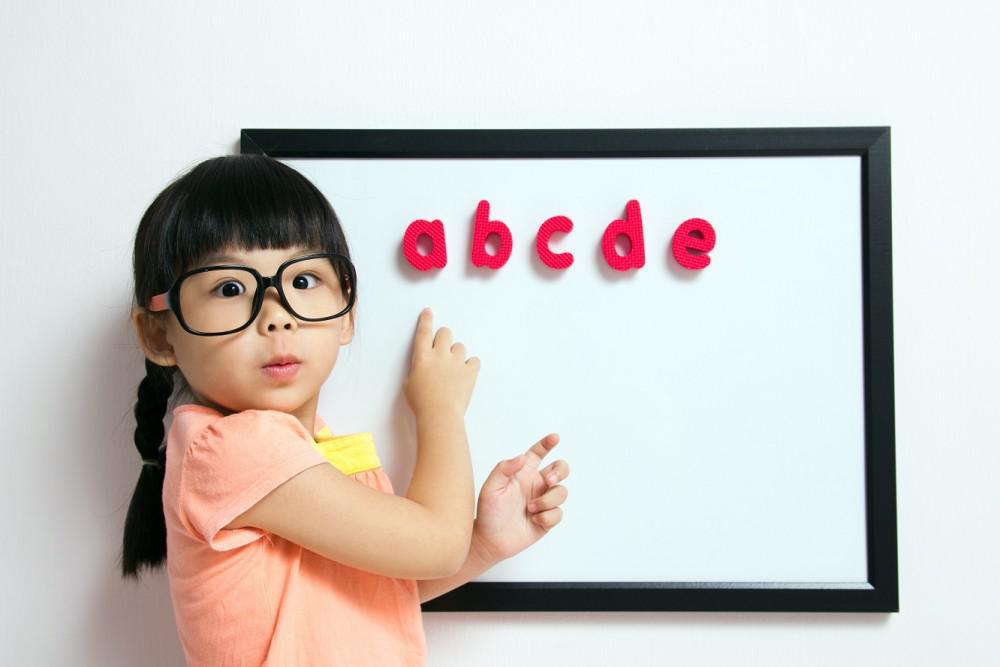
Noticing that your child is struggling with their eyesight can be stressful, but it’s probably not the end of the world. Childhood vision problems are common, affecting some 20% of children, and most are quite treatable. For children who can see, vision is one of the primary tools for learning. From being able to focus their eyes to see moving objects, such as chalk over a chalkboard or a marker on a whiteboard in school, to hand-eye coordination during recess or sports, their vision can play an enormous role in their safety and development as well. Eyesight problems can take many forms and affect each child uniquely. Common potential signs that your child is struggling with their vision include: Avoiding reading Complaints of discomfort or fatigue Difficulty remembering what they read Double vision Holding books and other reading materials close Frequent blinking or eye-rubbing Frequent covering of one eye Frequent headaches Frequently losing their place while reading One eye turning inward or outward Reduced attention span Tilting of the head while focusing On their own and on an occasional basis, these signs aren’t likely to cause alarm. If you notice patterns of one or more vision symptoms, a comprehensive eye exam is important. Even without noticeable vision symptoms, we recommend that all kids have their first eye exam at 6 months old, another one at age 3, and a third once they reach age 5 or 6. From there, kids should have an eye exam every two years — or more, as recommended. Amblyopia, in which one eye is weaker than the other Any abnormalities in eye movement Astigmatism, or an abnormally shaped cornea Eye reactions to darkness and light Nearsightedness, or myopia Farsightedness, or hyperopia If your child is old enough to understand, prepare them for their exam by letting them know what to expect.
The earlier they get the care they need, the better off your child and their eye health will be moving forward.
At Alamo Eye Care in San Antonio, Texas, Dr. Melanie Frogozo, Dr. Swati Kumar, and their expert team provide pediatric eye care for kids of all ages. Take a few minutes to learn more about childhood vision problems, including common signs to pay attention to.
The importance of childhood vision
When vision problems develop, they can impact not only your child’s academics and physical well-being but their emotions. Kids who develop eyesight issues tend to show high levels of stress. So as vision issues are addressed, their moods are likely to improve too.
Signs of eyesight problems
What happens at a child’s eye exam
Depending on factors such as their age and overall health, your child may receive tests for:
Preparing your child for an eye exam
Share that they’ll be asked to observe and identify objects, such as letters and shapes shown on a wall or screen. You can also tell them that they may receive eye drops during the exam, which aren’t painful.
And if they end up needing some type of treatment for their eyes, assure your child that taking care of their eyes is an important part of staying healthy, and that vision issues are common and nothing to be ashamed of. If they end up needing glasses, allow them to help choose a pair they love.
To learn more about childhood vision problems or get the care your family needs, call Alamo Eye Care at 210-469-9744 or text us at 210-403-9050. You can also request an appointment through our website.







